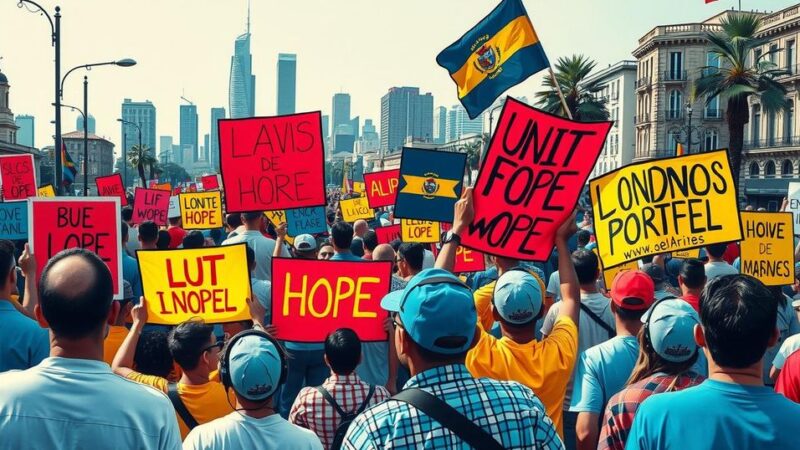High soybean prices in Zambia and Malawi threaten poultry production, impacting affordability and competitiveness, especially for small independent producers. Climate change and market dynamics are driving these price increases, with Zambia experiencing a 74% drop in production, while Malawi’s prices soared by 48%. The effect of price manipulation by large buyers highlights the need for urgent regional solutions to ensure food security and support the poultry industry’s growth.
The rising soybean prices in Zambia and Malawi pose significant challenges to poultry production in the region, where poultry is a vital and affordable protein source. Soybeans are crucial for poultry feed, constituting 60% to 70% of the total production costs. This increase in soybean prices threatens the affordability of poultry and affects small-scale independent producers who are unable to leverage price negotiations effectively compared to larger producers who source feed directly from their operations.
In east and southern Africa, Zambia and Malawi are primary soybean producers, but climate change has adversely affected their production. In 2024, Zambia experienced a staggering 74% decline in soybean yield due to unfavorable rainfall and insufficient planting driven by previous low prices. Malawi saw a 20% production drop, with soybean prices soaring by 48% in just six months, exceeding levels in Zambia and indicating a concerning lack of competition.
Research from the African Market Observatory indicates that market dynamics favor large buyers who manipulate prices, resulting in increased costs for poultry feed. The registration of low soybean prices calamitated farmers’ willingness to grow crops, ultimately diminishing supply despite high demand from both local consumption and export markets.
The poultry sector in sub-Saharan Africa is projected to expand more than fourfold by 2050, but current high feed costs remain a barrier for many small-scale independent producers. This has led to negative profit margins, particularly noted in Malawi’s poultry industry where escalating feed and chick prices discourage growth and competitiveness.
Zambia’s soybean production had previously grown significantly from 2020 to 2023, but the drastic decrease in 2024 correlated directly with reduced planting due to unyielding prices offered by processors. This cycle of low prices continues despite favorable production conditions in neighboring countries.
High soybean prices in Malawi reached nearly $900/tonne by year-end, reflecting regional trading concentration issues. In contrast, Zambia’s soybean prices stabilized, supported by imports and prior oversupply leading to accumulation of stock. Both countries require urgent regional strategies to address anti-competitive practices in the market to ensure poultry producers can thrive amidst rising costs and climate challenges.
In conclusion, the escalating soybean prices in Zambia and Malawi are primarily attributable to competition issues within the market and compounded by climate change effects. The poultry industry’s reliance on affordable feed places pressure on small-scale producers, underscoring the importance of regional cooperation to address market concentration and to foster a more competitive environment. Urgent actions are needed to bolster resilience in the agricultural sector and to support the growing demand for poultry as a key source of protein.
Original Source: theconversation.com






